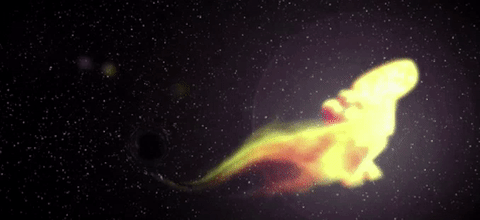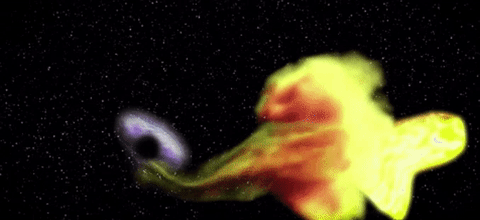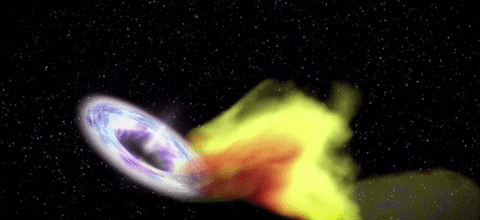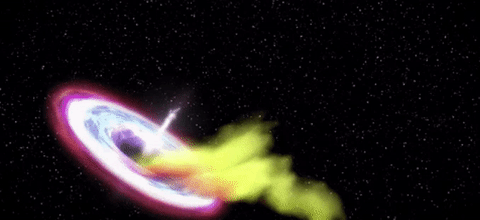I Wanna Go. So Beautiful!!!!
I wanna go. So beautiful!!!!


Mt. Tam
More Posts from Amyleigh81 and Others





We just got an unprecedented look at a black hole ripping apart a star
For the first time ever, astronomers got a close-up peek at a black hole ripping apart a star, a rare event that results in some of the star’s material getting ejected out into space. To research this phenomenon, astronomers used data from a tidal disruption that happened 3.9 billion years ago. Studying tidal disruptions like this one is revealing new information about how black holes behave.
Follow @the-future-now
Absolutely amazing!!





The upper atmosphere of the Sun is dominated by plasma filled magnetic loops (coronal loops) whose temperature and pressure vary over a wide range. The appearance of coronal loops follows the emergence of magnetic flux, which is generated by dynamo processes inside the Sun. Emerging flux regions (EFRs) appear when magnetic flux bundles emerge from the solar interior through the photosphere and into the upper atmosphere (chromosphere and the corona). The characteristic feature of EFR is the Ω-shaped loops (created by the magnetic buoyancy/Parker instability), they appear as developing bipolar sunspots in magnetograms, and as arch filament systems in Hα. EFRs interact with pre-existing magnetic fields in the corona and produce small flares (plasma heating) and collimated plasma jets. The GIFs above show multiple energetic jets in three different wavelengths. The light has been colorized in red, green and blue, corresponding to three coronal temperature regimes ranging from ~0.8Mk to 2MK.
Image Credit: SDO/U. Aberystwyth
-
 ladoescurodalua liked this · 5 years ago
ladoescurodalua liked this · 5 years ago -
 c0smicdrift3r liked this · 7 years ago
c0smicdrift3r liked this · 7 years ago -
 sleppytipsyperson liked this · 7 years ago
sleppytipsyperson liked this · 7 years ago -
 amyleigh81 reblogged this · 7 years ago
amyleigh81 reblogged this · 7 years ago -
 amyleigh81 liked this · 7 years ago
amyleigh81 liked this · 7 years ago -
 ja-mar-d-real-1 liked this · 8 years ago
ja-mar-d-real-1 liked this · 8 years ago -
 exopot liked this · 8 years ago
exopot liked this · 8 years ago -
 galotnes liked this · 8 years ago
galotnes liked this · 8 years ago -
 vlryn-vlryn liked this · 8 years ago
vlryn-vlryn liked this · 8 years ago -
 irlsaur liked this · 8 years ago
irlsaur liked this · 8 years ago -
 secondsminuteshours liked this · 8 years ago
secondsminuteshours liked this · 8 years ago -
 megativedisposition liked this · 8 years ago
megativedisposition liked this · 8 years ago -
 marsbot reblogged this · 8 years ago
marsbot reblogged this · 8 years ago






